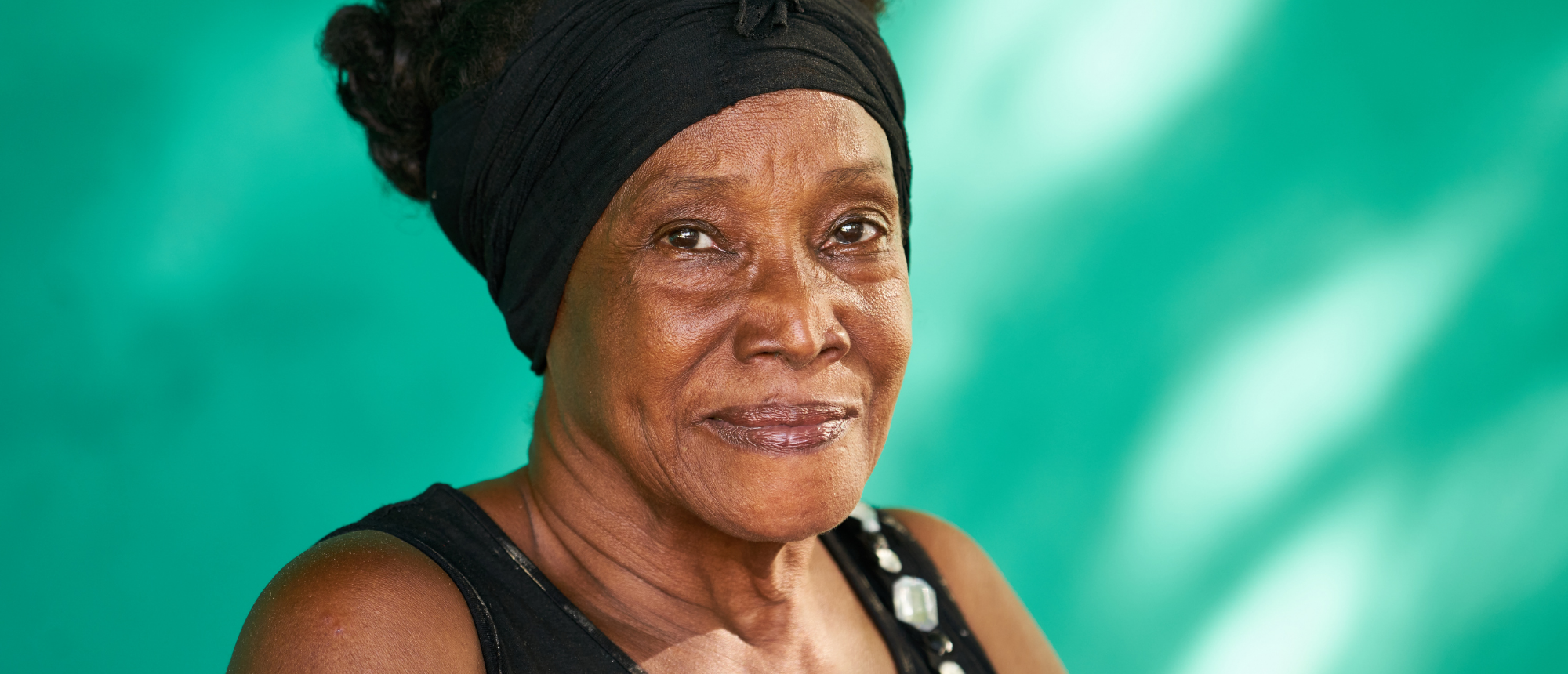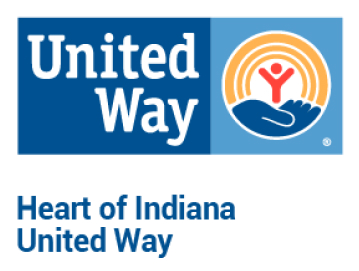
Equity Challenge Intersectionality
Everyone wants to feel belonging, but most of us struggle with inclusion. Author, Ruchika Tulshyan in her book Inclusion on Purpose, says that we “don’t realize that inclusion takes awareness, intention, and regular practice. Inclusion doesn’t just happen; we have to work at it”
Diversity, Equity, Inclusion, Justice and Belonging are words we continue to hear more of, and use at home and in the workplace. What’s challenging is how these terms work together and what they mean in real life situations.
One way to understand each of these terms as a linear path with diversity is seen as a startingpoint, but it isn’t enough on it’s own. Equity is a lens that allows us to understand why systems are unfair. Inclusion asks us to ensure everyone has a seat at the table. Justice asks us to examine inequities in tangible ways and belonging when not only everyone is invited to the table but everyone feels comfortable being there.
Likewise we can look at that linear path backwards. It’s difficult to feel belonging when there is still injustice, and it’s difficult to understand justice without understanding equity etc…
However, people and systems are multifaceted. Intersectionality is a way of thinking that looks at people as individuals whose lives and experiences are made up of many experiences. Often represented as a wheel of power and privilege, visual representations of intersectionality can help us understand how someone may be more privleged in one aspect and less in another.
When shift into thinking of people as multifaceted individuals we can build a sense of belonging that is also multifaceted and allow people to be their true selves.
Cultivating Belonging
- Create intentional connections. Bringing people together can provide an environment where people feel they belong. Think about how teams are structured; how groups can be brought together to solve specific problems; and how offices are designed.
- Help build trusting relationships. Think about having a formal or informal mentor program.
- Invite opinions and perspectives into the conversation. Ask for input and ideas from all members; be clear about how decisions will be made.
- Engage in purposeful storytelling. Encourage employees to share their individual stories. Understanding aspects of another person’s story can dissolve interpersonal barriers and help show the many layers, dimensions and experiences about a person we otherwise would not know. It helps people be seen.
Check out the wheel of power and privilege.
Belonging: the feeling of security and support when there is a sense of acceptance, inclusion, and identity for a member of a certain group. When people feel like they belong they can be their authentic self.

Articles
Read this article from Harvard Business review about how black women describe navigating race and gender in the workplace.
What Does Intersectionality Have to do With Me?
Read this short article on what intersectionality is. Understanding terminology used in equity work is a helpful tool to expand our knowledge.
Videos
What is Intersectionality ( 5:14 watch)
Kimberlé Crenshaw explains what is intersectionality and how it was conceived in this short video on what intersectionality is.
The Intersection of LGBTQ Pride and Black Lives Matter
Watch this video featuring L.A. Times columnist Erika D. Smith, historian Lillian Faderman and gay activist Alexei Romanoff as they discuss the importance of intersectionality in the LGBTQ movement, and the fight against police brutality that sparked LGBTQ Pride and Black Lives Matter.

